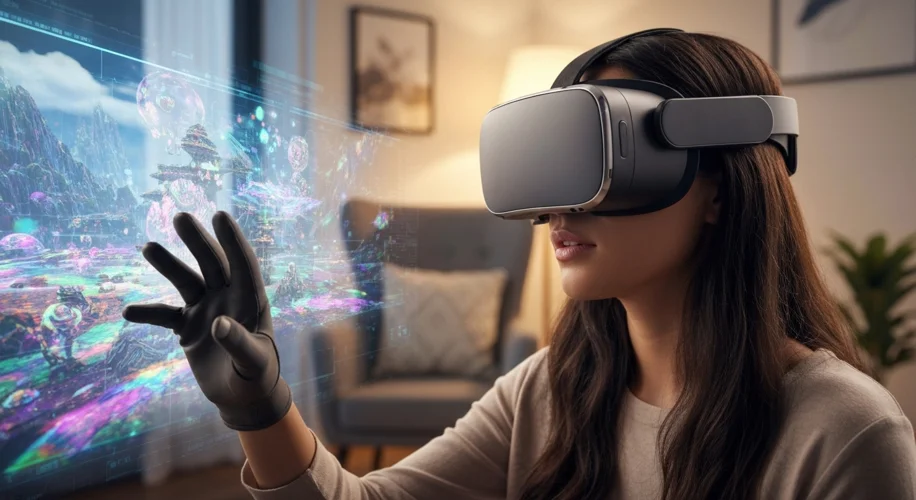Alright, let’s talk VR headsets. It’s 2025, and the market is, well, it’s moving fast. If you’re looking to dive into virtual reality, choosing the right gear can feel like navigating a maze. But don’t sweat it, I’ve got you covered.
This year, it’s not just about raw specs; it’s about finding that sweet spot between performance, price, and what you actually want to do. Whether you’re a seasoned VR enthusiast or just dipping your toes in, this guide breaks down the key players and what makes them tick.
The Contenders: What’s Hot Right Now?
Okay, so hear me out… the Meta Quest 3S is making some serious waves, especially if you’re on a tighter budget but still want a solid VR experience. Think of it as the accessible entry point. It’s great for standalone gaming and simple VR apps. For a bit more cash, the Quest 3 continues to be a powerhouse, offering better mixed reality features and improved optics.
But here’s the catch: if you want that truly mind-blowing, high-fidelity PC VR experience, you might be looking at something a little different. This is where headsets like the Bigscreen Beyond 2 really shine. These are for the folks who demand the absolute best visual clarity and comfort for extended PC VR sessions. They’re pricey, no doubt, but the difference in immersion is noticeable.
PC VR Requirements: Are You Ready?
If you’re leaning towards PC VR, your computer needs to be up to snuff. We’re talking a decent graphics card – think NVIDIA RTX 30-series or AMD RX 6000-series and above as a solid starting point. You’ll also want a good amount of RAM (16GB is pretty much the minimum these days) and a capable processor. Don’t skimp here, because a weak PC will bottleneck even the best headset, leading to choppy visuals and immersion-breaking lag. Check the recommended specs for any headset you’re eyeing – it’s crucial.
Going Wireless: Freedom to Move
One of the biggest advancements in VR has been the push towards wireless. Both the Quest headsets excel here with their built-in Wi-Fi. For PC VR, solutions like Steam Link or Virtual Desktop have gotten incredibly good, allowing you to stream your PC games wirelessly to your headset. The key to a smooth wireless experience? A strong, stable Wi-Fi 6 or Wi-Fi 6E router positioned close to your play space. Trust me, ditching the cable is a game-changer for freedom of movement.
Essential Accessories: The Little Things That Matter
Beyond the headset itself, there are a few accessories that can really enhance your VR journey. Controller grips for better comfort and control, prescription lens inserts if you wear glasses, and maybe even a third-party head strap for better weight distribution can make a huge difference, especially during longer play sessions.
So, there you have it. The VR market in 2025 is diverse and exciting. Whether you’re aiming for the budget-friendly Quest 3S, the all-around Quest 3, or the enthusiast-grade Bigscreen Beyond 2, knowing what you want and what your PC can handle is key. Happy VR’ing!

